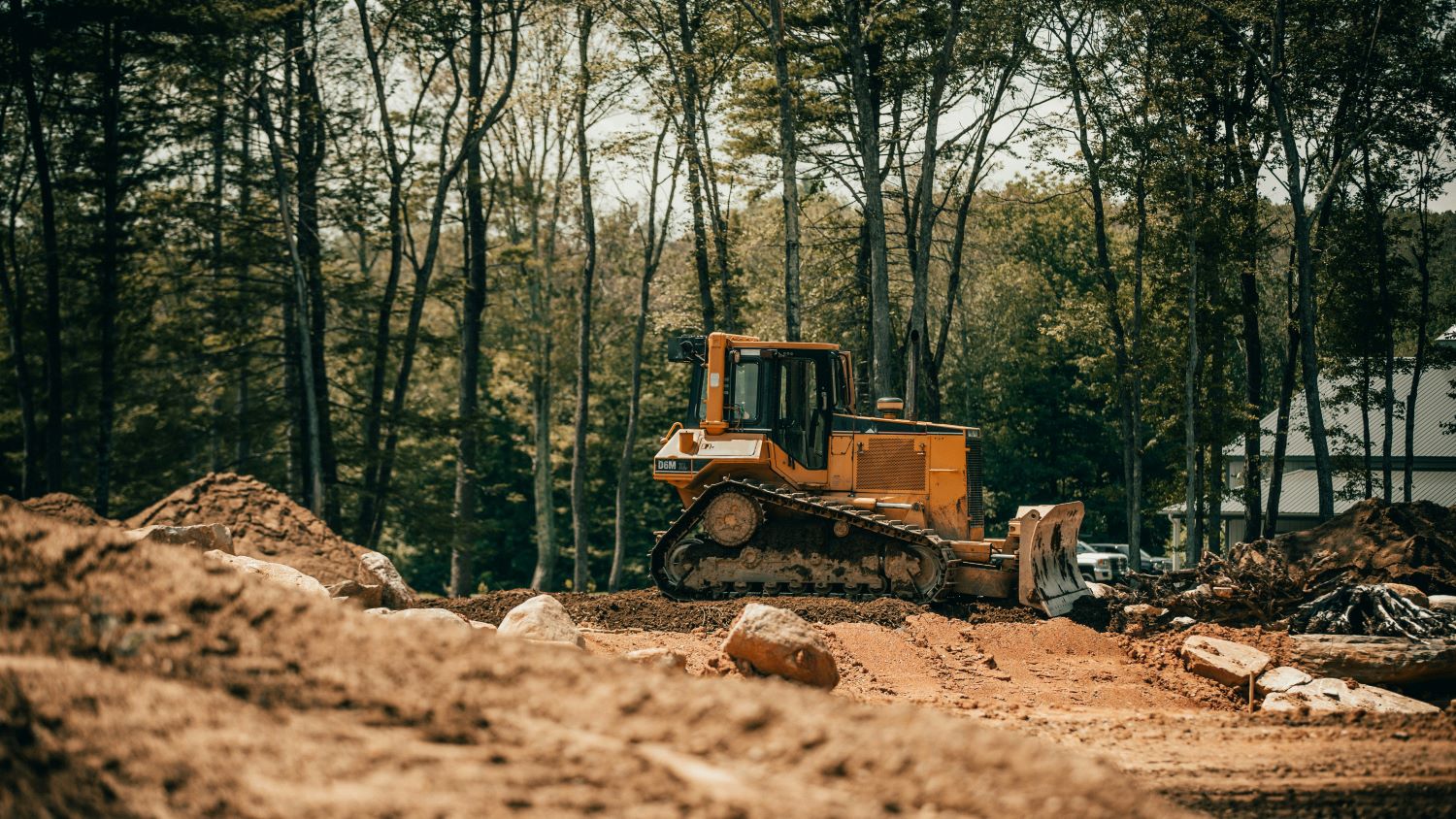Land covenants are very commonplace in modern subdivisions and often impose significant restrictions on the way a property can be developed and used, now and into the future (sometimes indefinitely).
While usually intended to promote and protect the amenity of subdivisions and preserve property values in the years to come, covenants can stymie development, prevent neighbourhoods from moving with the times and create difficulties for owners trying to renovate and extend or sell their properties.
Common issues are:
- Requirements that the developer or other third party approve in writing any plans and specifications for construction of buildings on the land. Often these requirements are overlooked, and approval is not actually sought or there is nothing in writing to show that this requirement was complied with. This causes issues when the property is sold as a purchaser inherits (and could be required to fix) any covenant compliance issues when they buy a property. These requirements can also be written in such a way that it’s not clear whether approval has to be obtained for the initial construction of buildings on a property, or whether the obligation is ongoing and approval must be obtained for any new additional buildings (like a tiny home or extra garage) or changes to original buildings – which would cause further issues if the developer no longer exists.
- Prohibitions on subdivision or the number of dwellings that can be constructed. It is very common for covenants to specify that only a single dwelling can be constructed on a property, which can prevent an owner from redevelopments such as converting their property into a home and income and inhibits intensification of residential land.
- Inflexible material requirements, like obligations to use only certain types of cladding, which have become obsolete or problematic over time. These requirements can also prevent the use of new superior materials and building innovations.
While it is possible to place a time limit on residential land covenants or to update or remove them, the current legal pathways can be complex and time-consuming—particularly when the original covenants do not provide for such changes.
At present, modifications or removals can be pursued by:
- Securing unanimous consent from all owners in the affected subdivision. This is often impractical due to the number of parties involved and the potential for disagreement or requests for compensation.
- Applying to the Court under sections 316 and 317 of the Property Law Act 2007. While this process can be burdensome and uncertain, our team has successfully guided clients through several such applications. To succeed, applicants must typically demonstrate that:
- There has been a material change in the use of the land or the character of the neighbourhood;
- The covenant unreasonably restricts the property’s use; and
- No party would suffer substantial detriment from the change.
Given the complexity and cost of these processes, its high time the government considered introducing a statutory time limit on residential land covenants. In the meantime, if you’re buying, selling, developing, or redeveloping a property that may be affected by covenants, our experienced team is here to help—please get in touch to discuss your options.







